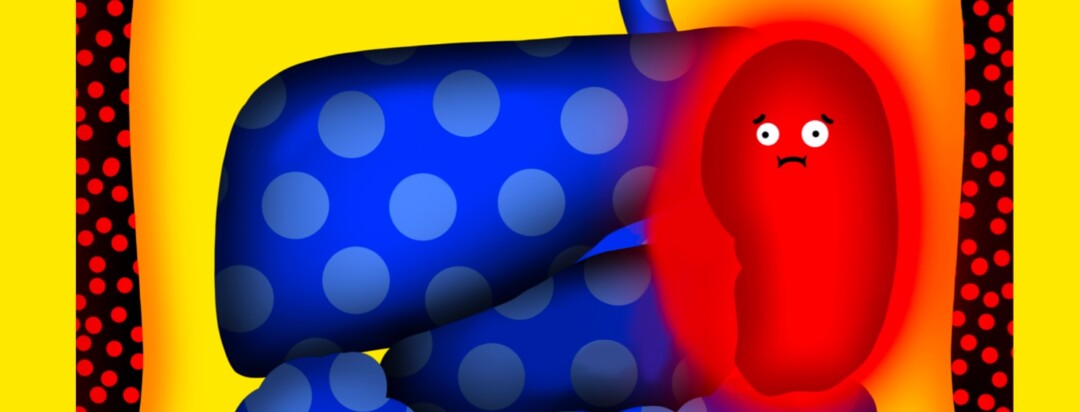Spleen There
I was diagnosed with leukemia in 2011. There were a few symptoms that my doctor had followed up on. Many of the symptoms were pretty vague and persistent. The one symptom that was entirely new to me, and not at all vague, was spleen pain.
The spleen and CML
Anyone else out there know where their spleen is? A blood cancer patient most likely can answer that question. More than 50% of patients with chronic myeloid leukemia (CML) experience spleen enlargement issues. It is the most common physical finding in blood cancer patients like me.
An enlarged spleen feels like a rock lodged on your left side, just under the ribcage. Some days, it can feel like a pebble, bouncing around the inside and interrupting everything around it. On other days, it can feel like a stone, jagged and protruding. It can grow to feel like a boulder, a heavy weight causing tender surroundings. In any case, the spleen can make its presence known, and it's irritability obvious. This is called splenomegaly.
Uncomfortable symptoms
Good luck sleeping on your left side when the spleen acts up. I recommend lots of pillows to keep yourself propped in a less painful position. It’ll wake you up if you roll over.
My very first oncologist told me about splenomegaly. He remarked that when he was working in South America he saw patients with spleens prominently protruding out from their rib cage. I had a little swelling, but it wasn’t the worst he’d seen.
My oncologist spoke of the symptoms related to enlargement of the spleen, or spleen infarction. That gripping pain we feel signals that the swollen spleen is encroaching on the stomach. That can result in indigestion and heartburn. CML patients can find it difficult to eat as a result, we can become finicky.
An enlarged spleen can be a sign of what is called a hypermetabolic response. Even when a CML patient is resting we are expending more energy than normal. Symptoms can include a fever, weight loss, and chronic fatigue. All of this can lead to decreased tolerance for exercise. It's just too darned painful. No 10K run in our near future when the spleen acts up.
The spleen as a blood filter
I think of the spleen as a filter. It removes old and damaged blood cells. It contains white blood cells for fighting infections. It controls the overall levels of white blood cells, red blood cells, and the platelets. It plays a big role in the blood.
But leukemia is a disease of the blood, and the spleen works too hard sometimes. A CML patient may need some help with that, and may need to consider ways to shrink an enlarged spleen. All that can lead to radiation treatments, and/or further chemotherapy, or even a removal of the spleen if all else fails.
Removing the spleen
A splenectomy. For a CML patient it can be necessary to remove the spleen. It sounds awful, but a splenectomy has been shown to improve blood cell counts. It might actually lower the need for blood transfusions, too. It is an important organ, absolutely, but we can live without it if we need to.
As for me, right now my spleen is making its complaints known. It brings me down, but it doesn’t keep me there. I am aware that one day I might need to lose this organ and get some relief. For now a warm compress will do. If worse comes to worse I’ll consider surgery if that is what is considered best. We’ll see.
So I ask you my fellow blood-cancer patients, have you ever felt the discomfort of an enlarged spleen? If so, how did you deal with the pain? I’d love to hear from you. Thanks for reading.

Join the conversation